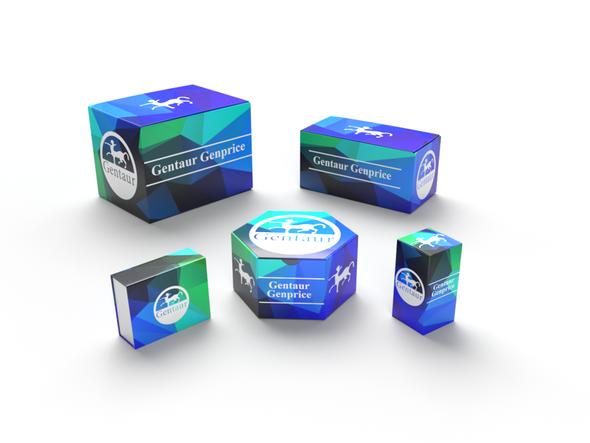BW
SKIV2L2 polyclonal Antibody | BS7637
- SKU:
- BW-BS7637
- Availability:
- Usually ships in 5 working days
Description
SKIV2L2 polyclonal Antibody | BS7637 | Gentaur UK, US & Europe Distribution
Host: Rabbit
Reactivity: Human,Mouse
Application: WB,IHC
Application Range: WB 1:2000 - 1:5000 IHC 1:50 - 1:200
Background: SKIV2L2 (superkiller viralicidic activity 2-like 2) is a 1,042 amino acid protein that belongs to the helicase family and the SKI2 subfamily. The SKIV2L2 protein localizes to nucleus, contains one helicase ATP-binding domain and one helicase C-terminal domain. SKIV2L2 is identified in the spliceosome C complex and may be involved in pre-mRNA splicing. SKIV2L2 is associated with the RNA exosome complex and involved in the 3' processing of the 7S pre-RNA to the mature 5.8S rRNA. The SKIV2L2 gene is conserved in chimpanzee, canine, bovine, mouse, rat, chicken, zebrafish, fruit fly, mosquito, C. elegans, S. pombe, S. cerevisiae, K. lactis, E. gossypii, M. grisea, N. crassa, A. thaliana and rice, and maps to human chromosome 5q11.2. A mutation in SKIV2L2 in zebrafish causes defects in cell proliferation, suggesting that SKIV2L2 plays a role in regulating melanoblast proliferation during early stages of melanocyte regeneration.
Storage & Stability: Store at 4°C short term. Aliquot and store at -20°C long term. Avoid freeze-thaw cycles.
Specificity: SKIV2L2 polyclonal Antibody detects endogenous levels of SKIV2L2 protein.
Molecular Weight: ~118 kDa
Note: For research use only, not for use in diagnostic procedure.
Alternative Names: Superkiller viralicidic activity 2-like 2; ATP-dependent RNA helicase SKIV2L2; TRAMP-like complex helicase; SKIV2L2; KIAA0052; Mtr4
Immunogen: Recombinant full length Human SKIV2L2.
Conjugate: Unconjugated
Modification: Unmodification
Purification & Purity: The Antibody was affinity-purified from rabbit antiserum by affinity-chromatography using epitope-specific immunogen and the purity is > 95% (by SDS-PAGE) .
Pathway: Autophagy Signaling,






